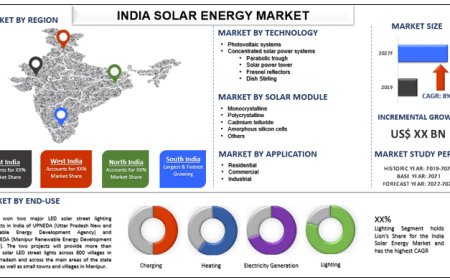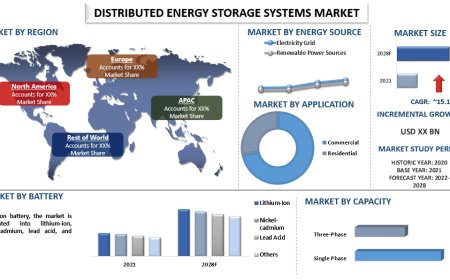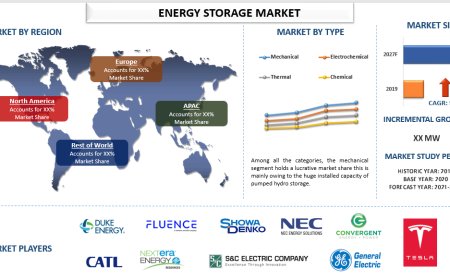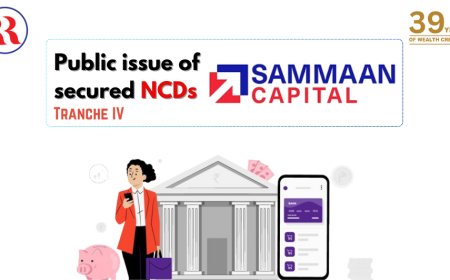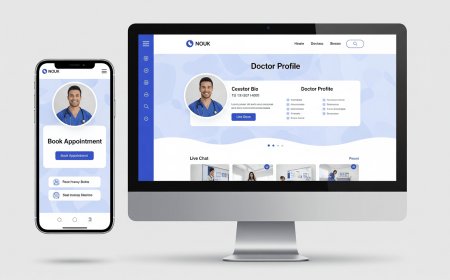Mobile Event Registration Mistakes Every Organizer Should Avoid
Avoid common mobile event registration mistakes with this essential guide for organizers. Improve user experience, boost sign-ups, and ensure event success.

These days, smartphones feel like a part of us, and the first impression of your event usually happens on that screen. But what if little issues in your mobile registration are causing people to lose interest and drop out? Youve worked hard to plan a great event, so dont let some blunders keep you from getting those important registrations. Here are 7 common event registration mistakes organizers make that lead to low conversions, especially on mobile:
Overly Long and Complex Registration Forms:
Collecting data without clear reasons can damage trust and affect data quality. It's not just about form length; organizers should explain why they need information. If attendees don't see benefits, like tailored suggestions or networking opportunities, they may hesitate to provide honest answers. This can lead to bigger issues with data management and communication. The consequences of poor mobile design, described as users struggling to tap, making mistakes, getting annoyed, abandoning forms, or leading to increased abandonment rates, clearly indicate that a non-optimized mobile experience is not just an inconvenience but a direct barrier to conversion.
Lack of Mobile Optimization of Event App (Poor UI/UX):
Many registration forms aren't mobile-friendly, which causes problems like misaligned fields and tiny buttons. Users often have to zoom in and out, struggling with scrolling and tapping. When text is small and input boxes are crammed, filling out forms becomes a chore, leading to more errors. If buttons and links are too small, its hard to click them with your thumb. Sometimes, the keyboard even covers the submit button, making it impossible to complete the form. Also, if the page loads slowly due to large images or many scripts, users tend to lose patience and give up, especially if it takes too long to load a registration page.
Limited Payment Options and Security Concerns:
Another problem is having just one or two payment options, which can drive away customers who prefer to pay differently. Plus, transactions can fail for a bunch of reasons, like wrong card info, not enough funds, network glitches, or issues with the bank.
If there's no second chance option or clear messages about what went wrong, users might quit then and there. Also, many people are wary of sharing their financial info online, especially if they don't see clear reasons for data requests or visible security features. If trust signals like secure payment logos, encryption info, or clear privacy policies aren't present, people might hesitate even more. Not offering a variety of common payment methods (e.g., credit cards, digital wallets) or failing to demonstrate secure payment processing can deter potential registrants.
Unclear Event Details or Value Proposition:
Clear communication is crucial for successful event management, from raising awareness to following up after registration. Organizers often miss the mark by not giving attendees clear and timely information, leaving them confused or unaware of key details.
Confusing instructions can complicate registration. If reminders are late, people might miss important info. Attendees struggle to find answers without a clear spot for updates or FAQs, which adds to the confusion. Generic messages can seem impersonal and discourage participation. Even if the event goes well, poor communication can lead to fewer sign-ups and empty seats. Miscommunication can also hurt the events reputation and leave out potential guests.
Slow Page Loading Times:
In an age of instant gratification, a registration page that takes more than a few seconds to load will lead to a high bounce rate. This usually happens because of large image files, too many scripts, or poor mobile design. Besides speed, problems like server issues or slow support can slow things down or even stop the registration process altogether. A poorly built event app with confusing menus or missing features can drive people away.
No Clear Call to Action (CTA):
If the main details of the event, what it is, when and where it's happening, and why people should go, aren't clearly shown on the registration page, the call to action won't be persuasive. If the call to action doesn't match the event's goals, it can just confuse people.
The "Register Now" or "Buy Tickets" button might be hard to find, too small, or not visually prominent, making it difficult for users to know what to do next. If the call to action isn't clear, people might not know how to register.
Lack of Social Sign-in Options:
Forcing users to create a new account with a username and password instead of letting them sign in with Google or Facebook can really slow things down. Make sure to have an event app that can provide sign-up options with social media or other social platforms.
Final Words
To boost those conversion rates, its crucial to really focus on user experience. When it comes to organizing events, steering clear of common event registration mistakes can make a big difference.
For instance, if you ensure that mobile registration is easy to navigate, you'll make things a lot smoother for potential attendees. This not only helps you make a strong first impression, but it also keeps people engaged and more likely to register for your event. Just think about how frustrating it can be to fill out a complicated form on your phone. If you can make that process simple, people will appreciate it and come back for more. So, all in all, paying attention to these small details could really change the game for your event's success.












